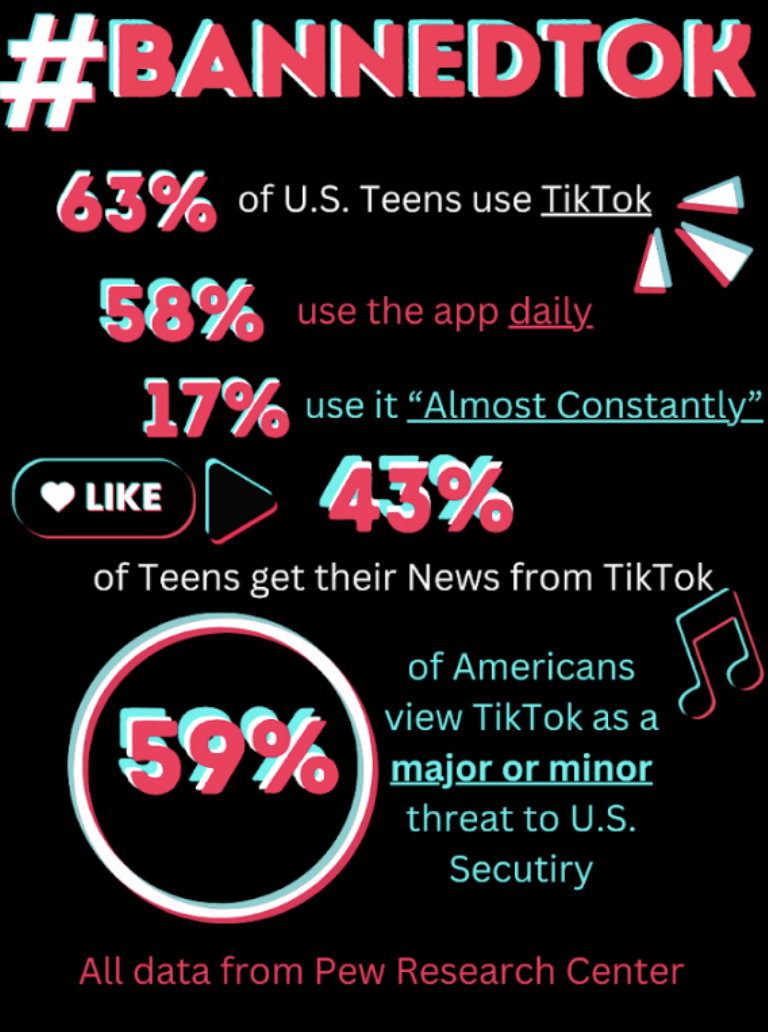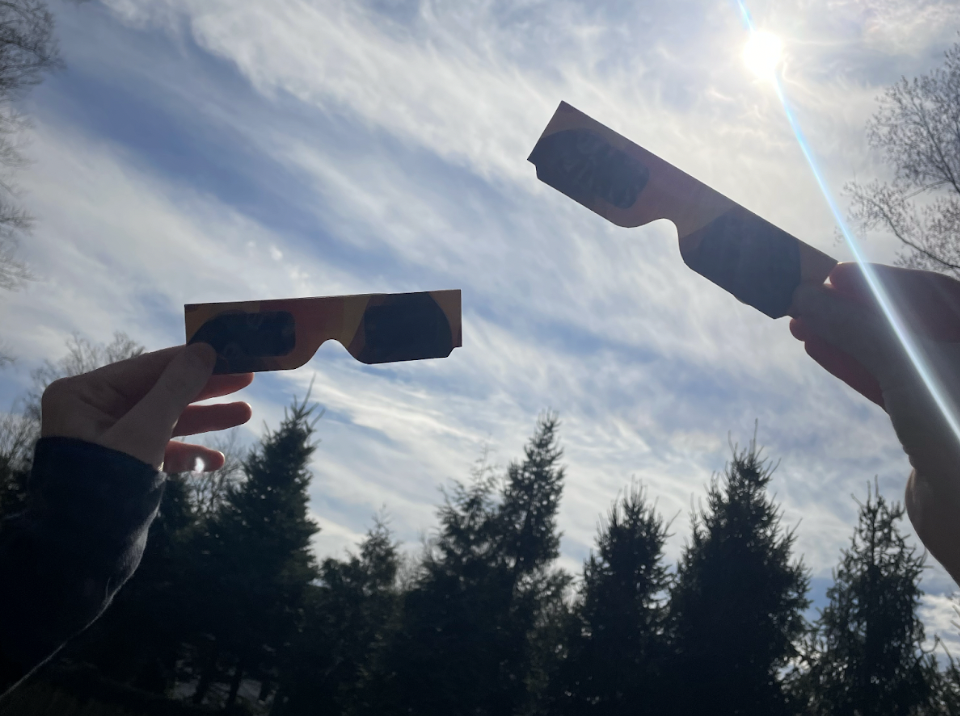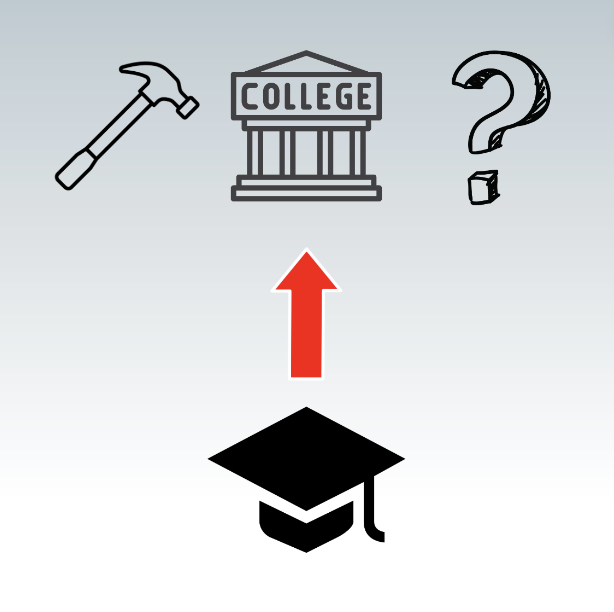Becca Bobrow ’11
Features Editor
I was at camp, the summer after seventh grade, the first time it happened. Just casually warming up for a soccer tournament, when the director of the camp threw a ball as hard as he could towards me. I was a goalie, I never backed down from seemingly hard saves, so although he meant for me to let the ball hit the ground and catch in on a bounce, I caught it in the air, and unfortunately, against my face. Concussion number one.
It was State Cup time in the spring of eighth grade the second time it happened. I had come out of the goal a little bit to cut off a breakaway and dove at the running forward. She took her shot anyway, and missed the ball. Instead, she kicked my head. Concussion number two. In my dizzied state, I fell backwards and hit my head against the ground. Concussion number three.
It’s fall of my freshman year, soccer season. In light of my recent head injuries, I am forced to wear a helmet when I play. Not so fashionable, but I made it work. However, it didn’t work for my safety, and my vulnerable brain was hurt yet again just by my diving to the ground repeatedly. Something about vibrations traveling up my spine to my brain, I still don’t quite understand it. Nevertheless, concussion number four.
Each time I was concussed I was given these explicit instructions from my doctor:
No reading. No TV. No computers – nothing with a screen. No loud noise. No strong light. Oh, and try not to think too much.
Seriously? No thinking. Is that even possible?
Apparently so, as I spent a month of ninth grade flipping through magazines and admiring the cool makeup tricks on the models, extra careful not to read any of the words on the pages.
And although after each injury I followed the directions carefully, these injuries still led to the end of my athletic career. Yes, this was my harsh reality; I was subjected to days of boredom, forbidden from doing anything but staring into space, and ultimately barred from contact sports, however realities harsher than these are becoming increasingly common among athletes.
Which is why I believe the new rules and laws regarding concussions are vital to the safety of all student athletes.
In September, Connecticut adopted new laws to prevent concussions and the onset of Chronic Traumatic Encephalopathy (C.T.E) – a disease, which causes depression and impulse control and is brought on by brain trauma – in youth and high school athletes.
All coaches are now required to undergo training to recognize concussion symptoms. When these symptoms are seen coaches are now legally obligated to take the athlete out of the game. And students will be required to be cleared, in writing, by a doctor before returning to play.
While some opponents of these laws say that they are too strict, based on inconclusive research, or destory the integrity of contact sports, I urge them to look at the horrors stories of athletes whose concussions were treated improperly.
These stories are as recent as Oct. 29, when Nathan Stiles, a senior football player from Spring Hill, Kansas, died after being tackled during the game. He had sustained a concussion on Oct. 1, but was cleared to play two weeks later. High school students who have sustained concussions are three times as likely to sustain another, especially if they return to play before fully healed. And now Stiles’ death is under investigation to see if he was cleared to play too early.
Cincinnati Bengals wide receiver Chris Henry died at age 26 after falling out of the back of a truck during a domestic dispute with his fiancé. According to the New York Times, is believed that the cause of his violent dispute was C.T.E, which was found in his brain cells after his death,
And like me, concussions ended the career of wrestler, Chris Nowinski whose memory was so impacted by head injury he was unable to remember his routines for WWE matches.
Because of his experience with concussions, Nowinski founded the Sports Legacy Institute, an organization that has teamed up with Boston University School of Medicine to research the long-term effects of concussions.
Currently, over 100 professional athletes have donated or pledged to donate after death their brains to the organization for use in their research, including soccer player Cindy Parlow and Ravens offensive lineman Matt Birk.
I still have lingering effects from the concussions. I cannot process small sized text, and I am slow to process new information. And although I followed my doctor’s orders to a tee, I still sometimes have trouble with word retrieval when I speak. And while I don’t yet know the full effects the concussions have had on my brain, I do know that new cases of C.T.E. and other brain trauma issues can be prevented through student awareness.
So, wear your helmet and mouth guard and report all hits to the head to a doctor or trainer.












































